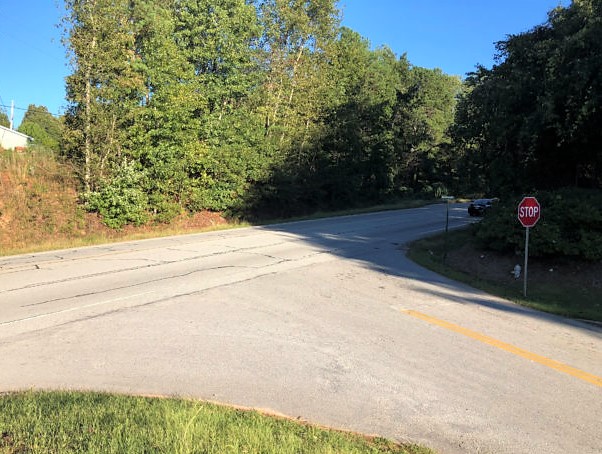
County officials say the high-traffic intersection at Blandenburg Road and Newnan Road south of Carrollton is set to undergo reconfiguration that is aimed at increasing safety for drivers along the road. Carroll County Commission Chairman Marty Smith said the plan is to create a “right-in, right-out” at the intersection of Blandenburg Road and Highway 16.
“When that road was paved years ago, it started to become a popular route for people who wanted to cut around the bypass,” said Smith. “We’ve had a number of complaints of people driving too fast along that section of roadway, which is making it very dangerous for people to turn out onto Highway 16. There have also been a few fatalities there in recent years and we decided to take steps to make it safer.”
The County has been working with the Georgia Department of Transportation on increasing safety at the intersection. A study conducted by the GDOT concluded that the best solution for the issue would be to implement the right-in, right-out and also install a barrier to prevent cars from turning left out of Blandenburg Road onto Newnan Road.
“We have seen the population in that area really increase in recent years, and it has much more traffic than it used to with people traveling to and from Newnan,” said Smith.
Some residents requested that the passing lane along the section of Highway 16 that runs by Blandenburg be changed to a turning lane. Smith said that the County inquired about that possibility with GDOT, but traffic engineers determined that it would be unsafe to change the passing lane to a turning lane.
“We really did our due diligence in making sure we determined the best course of action,” said Smith. “We brought Lynn Westmoreland, who is a former Georgia senator and now is a member of the state transportation board, out to help us survey the area and speak with people about making this area safer for our drivers. Everyone is on board with this solution being the best option.”
Smith says he expects work to begin on the intersection toward the end of the year. The changes could be complete by early 2019.





